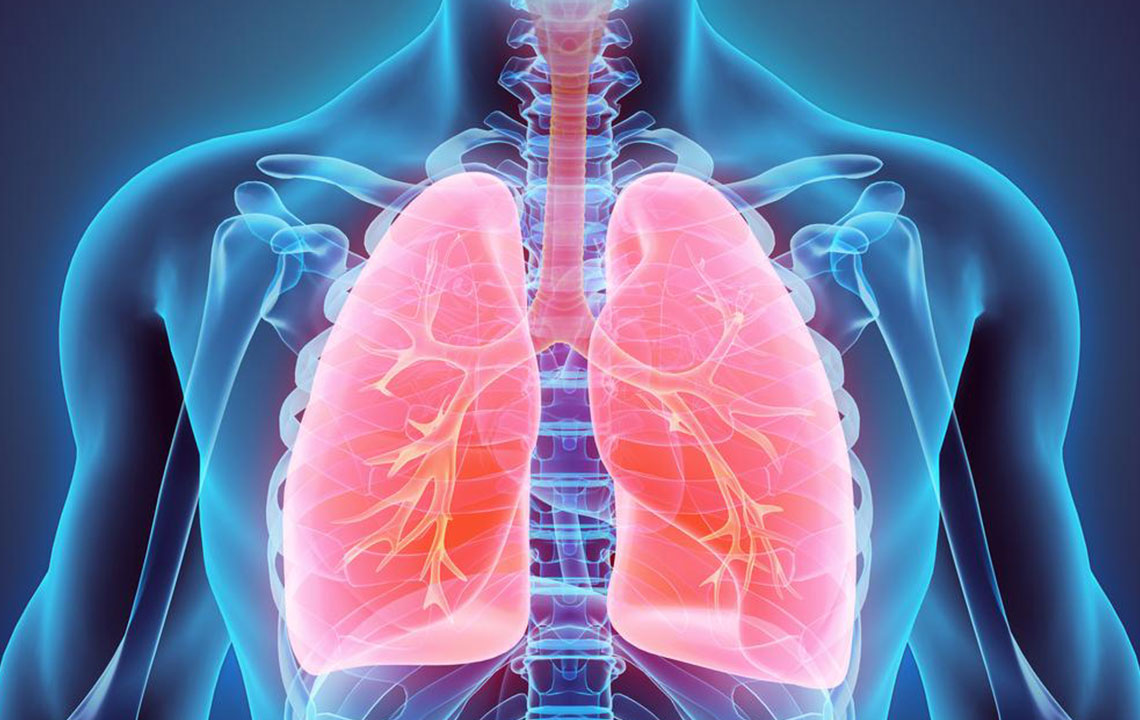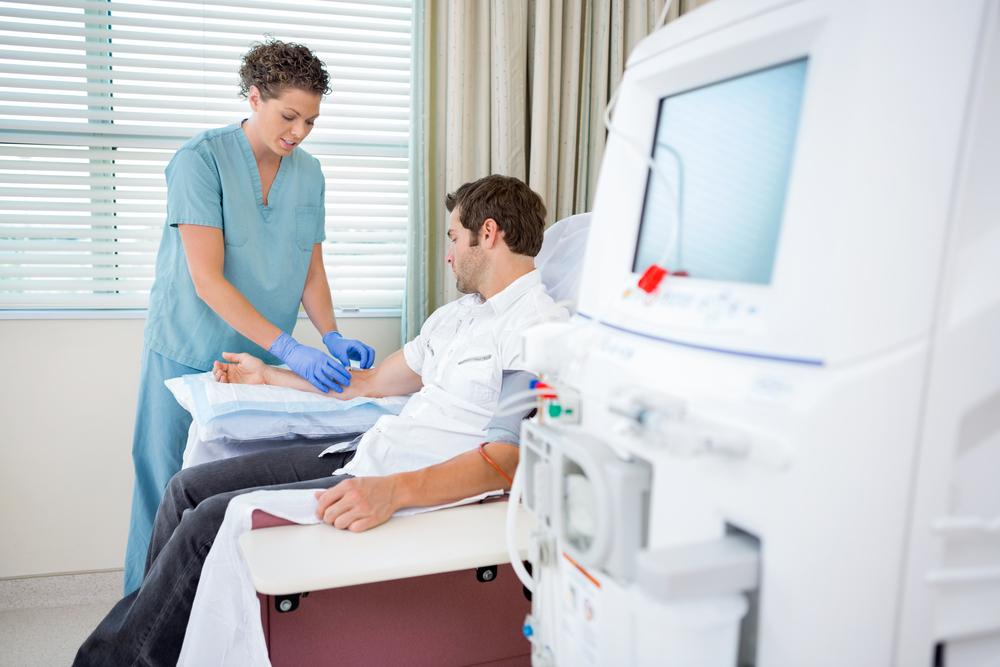Understanding HER2-Negative Breast Cancer: Symptoms and Treatment Options
This article provides a comprehensive overview of HER2-negative breast cancer, covering symptoms, early detection strategies, and treatment options including hormonal therapy, chemotherapy, and radiotherapy. Emphasizing the importance of early diagnosis, it aims to inform women about available interventions to improve prognosis and survival rates. Understanding these aspects can empower patients to seek timely medical attention and make informed healthcare decisions.

Understanding HER2-Negative Breast Cancer: Symptoms and Treatment Options
While many diseases have been eradicated thanks to advances in medicine, cancer remains a significant challenge with no complete cure yet. Early detection is vital, as delayed diagnosis can lead to severe outcomes. Breast cancer affects many women, with 1 in 5 women potentially facing this disease, and ignoring symptoms can be fatal.
HER2-negative breast cancer is a prevalent subtype, characterized by the absence of HER2 proteins on cancer cells. Unlike HER2-positive cancer, where excess HER2 promotes rapid cell growth, HER2-negative tumors lack these proteins, affecting repair and growth mechanisms in cells.
The primary step in combating this cancer type is early detection of symptoms.
Symptoms to watch for include swelling or changes in breast shape, skin irritation or rashes, nipple pain, unusual nipple discharge, and redness or thickening of the nipple or breast skin. Recognizing these signs and undergoing screening tests can improve prevention and outcomes.
Available Treatments for HER2-Negative Breast Cancer
Hormonal Therapy: When the tumor is estrogen receptor (ER) positive, hormonal therapy can be effective by blocking estrogen, which fuels cancer growth.
Chemotherapy: Drugs such as taxanes, anthracyclines, and platinum-based agents are commonly used to treat HER2-negative breast cancer, aiming to destroy malignant cells.
Radiotherapy: Often performed post-surgery, this treatment uses high-energy rays to eliminate residual cancer cells and reduce the risk of recurrence, also alleviating pain caused by cancer.










